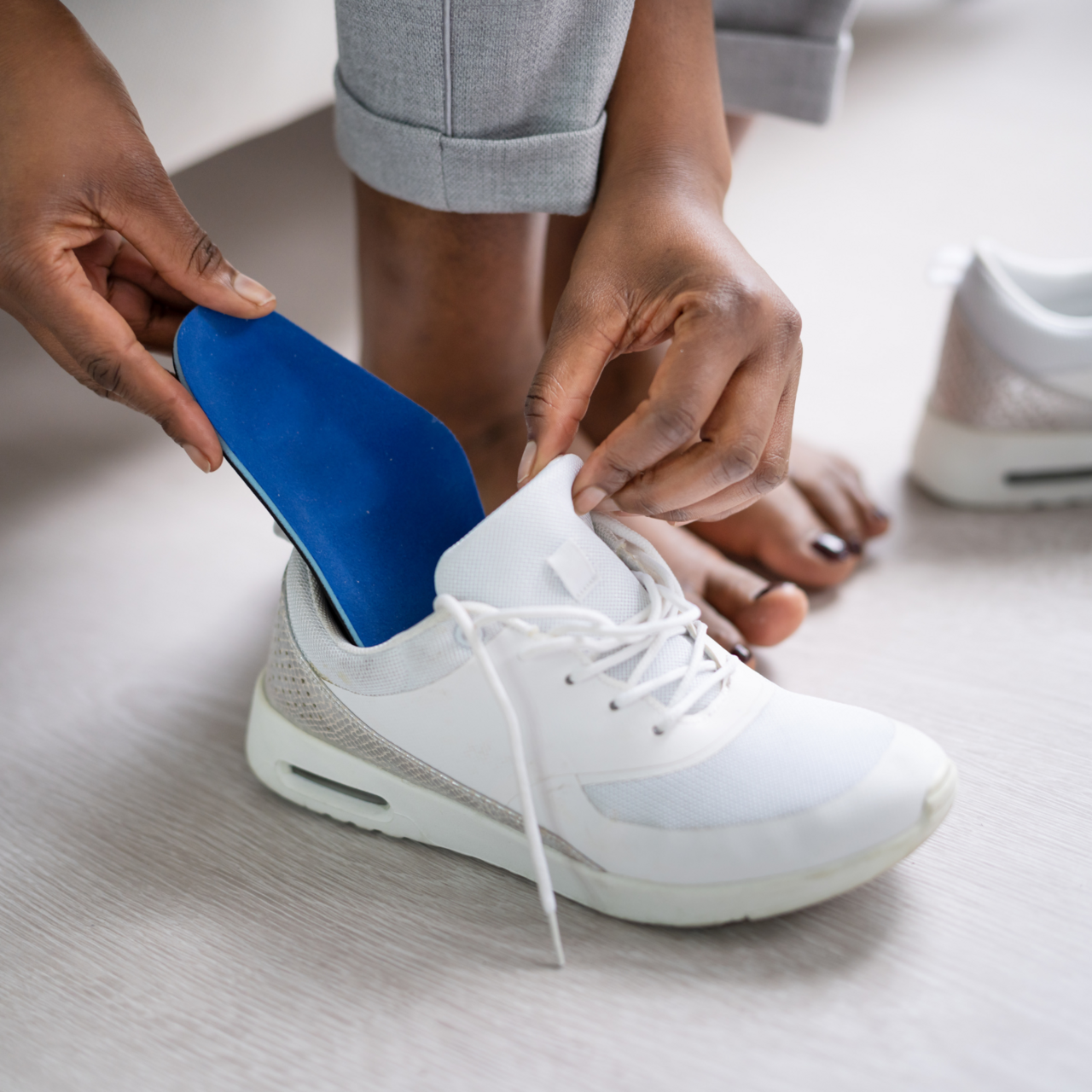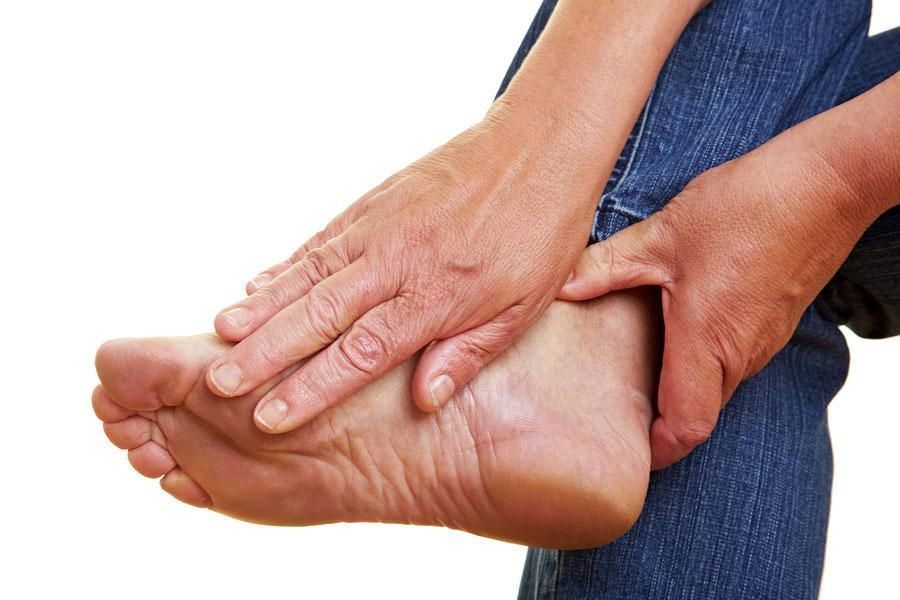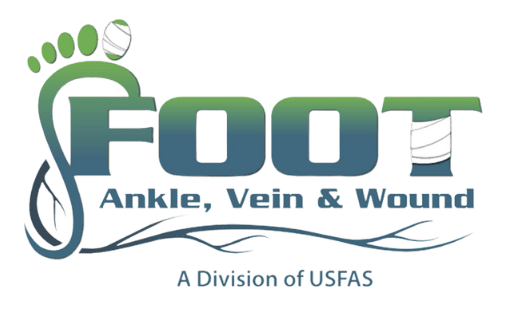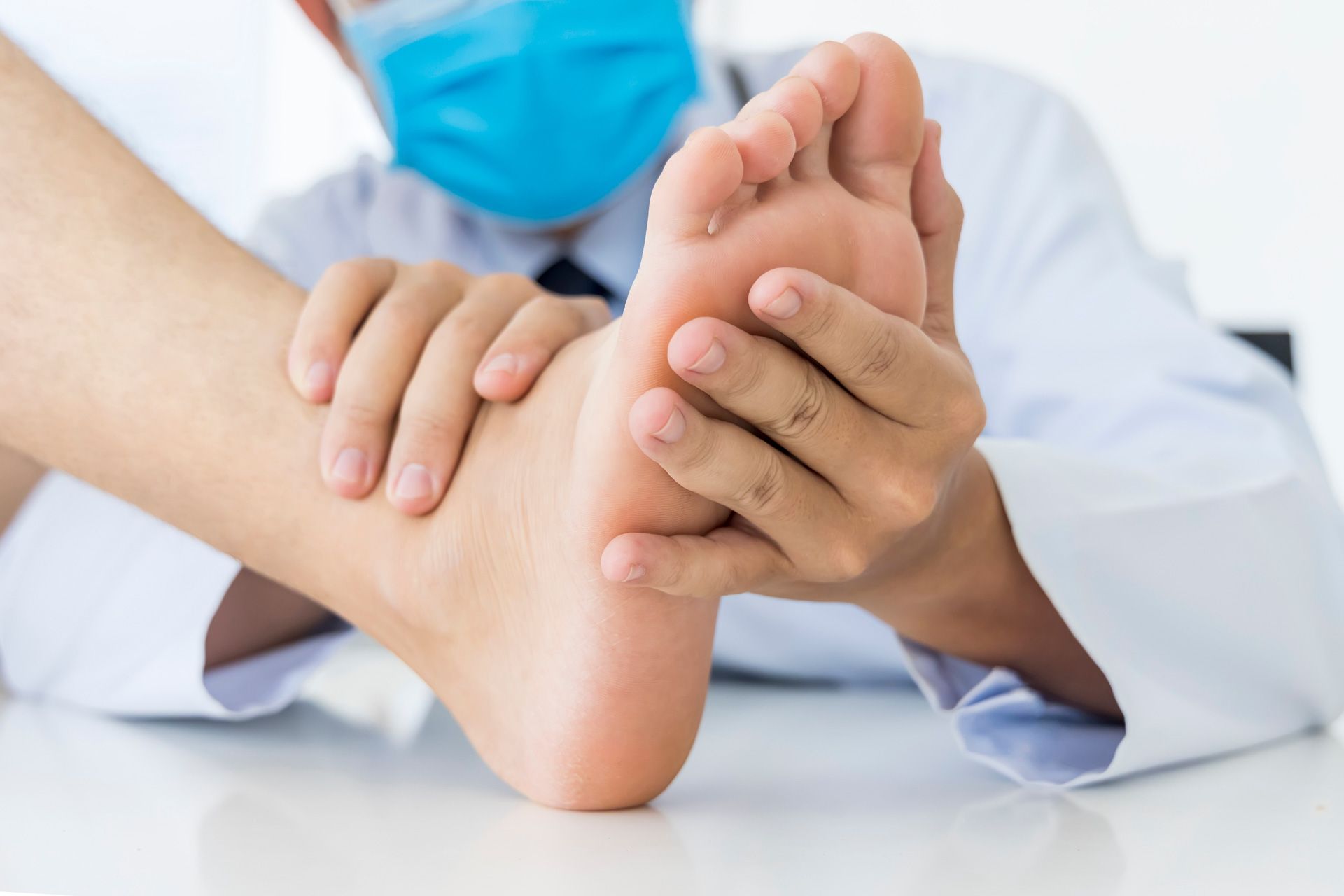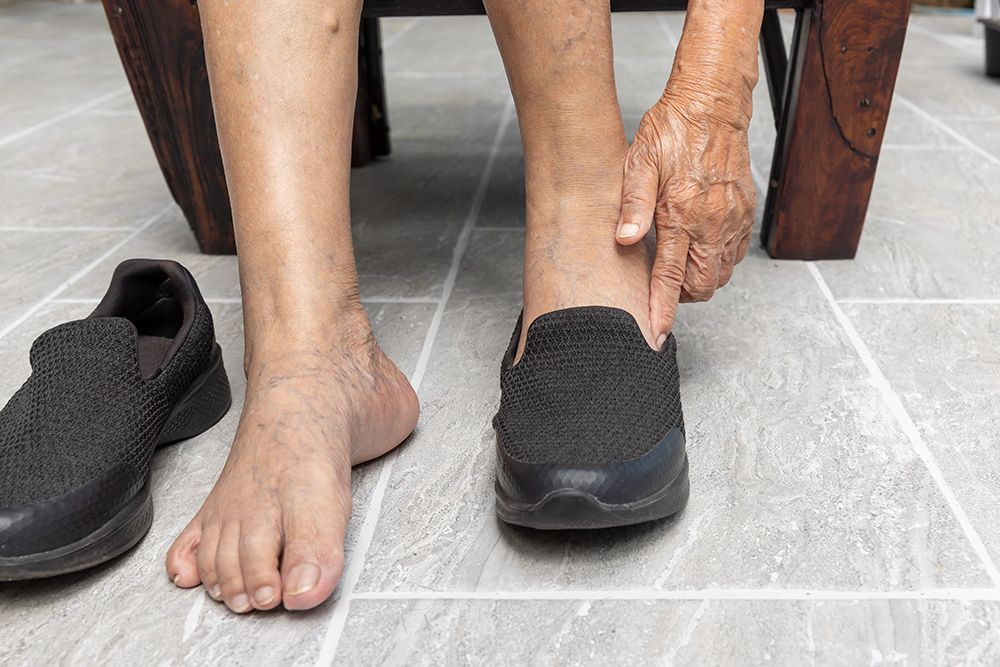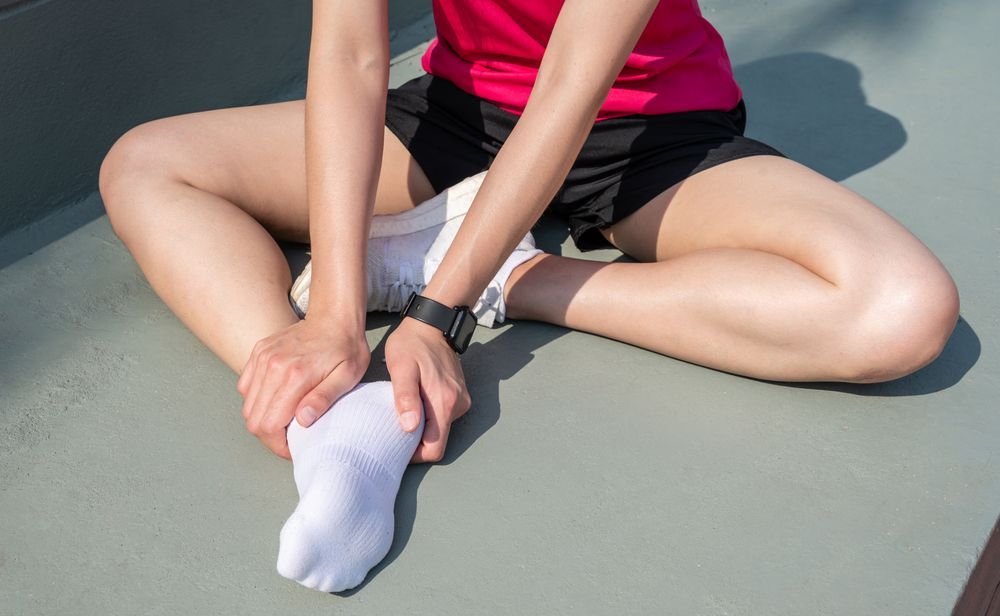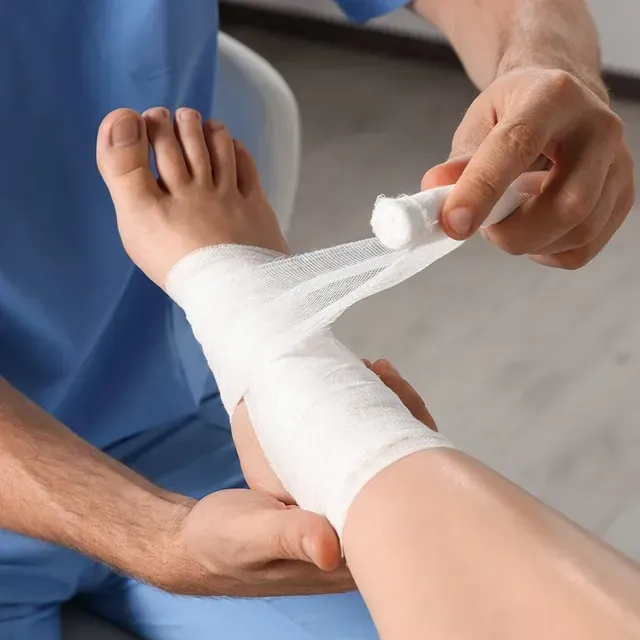Specialists dedicated to relieving pain and protecting lifelong mobility
Comprehensive Foot, Ankle, Vein & Wound Care
restoring comfort, mobility, and overall limb health
Comprehensive Foot, Ankle, Vein & Wound Care
Foot and ankle problems are extremely common, yet many people believe pain is “normal.” With early evaluation and the right treatment — from conservative care to advanced surgical options — most conditions can be relieved, helping you return to an active, comfortable lifestyle.
Foot doctors (DPMs) are often the first to identify signs of diabetes, arthritis, and circulation issues. Whether caused by heredity, overuse, or natural wear and tear, proper care can prevent complications and protect long-term mobility.
What We Provide
- Complete diagnostic, surgical, and non-surgical podiatric care
- Personalized treatment plans for every patient
- Early morning and evening appointments
- Hospital consultations & nursing home care
- Sports medicine & trauma treatment
- Diabetic foot care & lower-leg wound care
- State-of-the-art surgical solutions
- Custom orthotics & diabetic footwear
Our goal is to deliver exceptional, compassionate care that supports healthy movement at every stage of life.
Hear from Our Patients
Real Stories of Healing and Recovery
Start Your Journey to Wellness Today
Get in Touch with Foot, Ankle, Vein & Wound
Ready to take the first step towards healthier, pain-free feet? Contact us to schedule an appointment or to learn more about our foot and ankle services. Our dedicated podiatric team is here to provide personalized care and answer any questions you may have about your lower extremity concerns. Reach out today and let us help you achieve optimal foot health and mobility for an active lifestyle.
Foot & Ankle Health Insights
Expert tips, news, and resources to keep you moving comfortably.
